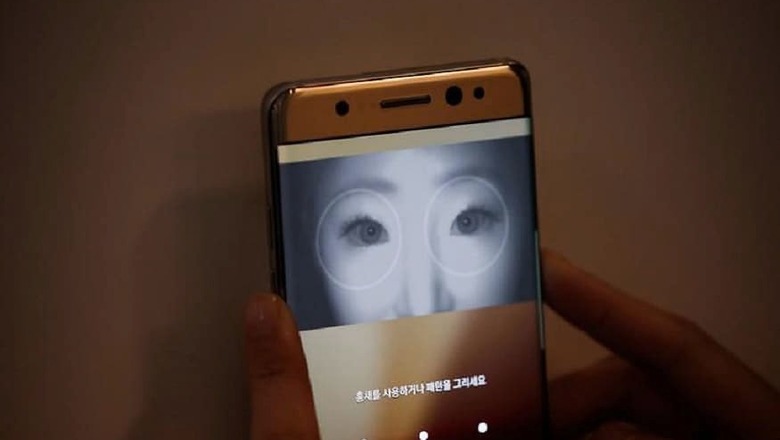
views
A new biometric-based authentication approach that uses your body sweat may securely help you unlock your smartphone and other wearable devices, scientists say. The new approach proposed by researchers at University at Albany in the US relies on analysing skin secretions - or sweat - to build an amino acid profile that is unique to the devices' owner. The profile would be stored within the device and used for identification purposes each time an attempt to unlock is made, researchers said. "We are developing a new form of security that could completely change the authentication process for electronic devices," said Jan Halamek, an assistant professor at the University at Albany.
News18.com Presents Tech and Auto Awards 2017 | Tech Personality of the Year: Dr Karan Jani or Vijay Shekhar Sharma? Vote And Win
"Using sweat as an identifier cannot be easily mimicked/hacked by potential intruders. It is close to full- proof," Halamek said. Skin secretions contain many small molecules - or metabolites - that can each be targeted for authentication analysis. To build a profile, the device would first have a "monitoring period" in which it would continuously measure its owner's sweat levels at various times of the day. Once the profile is developed, the owner would be identified once holding the device/wearing it. The approach would not only improve on current authentication methods but also help people with certain disabilities, who may be unable to move their fingers in a specific position to open the device or have a caretaker who is unlocking the device without permission. The device owner would also not have to remember a passcode, researchers said.
"The current forms of authentication have proven to be less than ideal," said Halamek, who led the study published in the journal ChemPhysChem. "Passwords and pins can easily be seen over someone's shoulder and there are many internet tutorials on how to create a fingerprint mold that is capable of opening a device. There is also issues with facial recognition, which often times does not work correctly," said Halamek. Halamek has tested the analysis in his lab with success. The next step is to collaborate with engineers who can help with implementation.
WATCH VIDEO: Air Pollution | Fortis Top Doc Busts Myths Around Air Purifiers

















Comments
0 comment